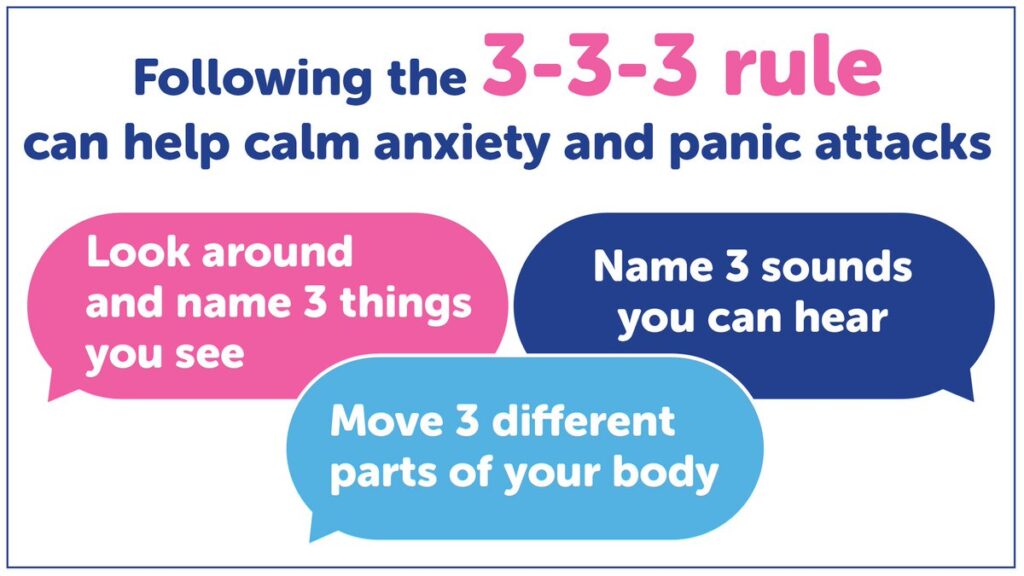Since my last article, Mindfulness: What is It?, I received several comments about mindfulness. Some people use mindfulness, some have never done it and one person thought meditation was “woo woo.” In this article we will discuss mindfulness practices. In other words, how to achieve mindfulness.
One question I was asked was how mindfulness could help with stress or pain or anything like that. Logically, when we can be in control instead of being controlled, we determine what takes place in our brain and body. As we train our mind to be more open, we are better able to cope. “Rather than being caught up in our stress, meditation teaches us to become the observers of certain mental patterns, and, therefore, become less affected by them.” Headspace.org

If the sitting-still-mindfulness-meditation still feels “woo woo,” it just doesn’t appeal to you, or it isn’t working for you, don’t let that stop you. “Practicing mindfulness involves breathing methods, guided imagery, and other practices to relax the body and mind.” MayoClinic.org
Simple Mindfulness Practices
The following are simple mindfulness practices that don’t require any training or special setting:
Be Where You Are
You can just Be Where You Are. Slow down and experience where you are. Experience what is around you with your seven senses. Look around and see in a new way. Breathe in the air. What are you smelling? Listen to what is happening as you move through space. Feel the wind. No matter where you are, you can take 3-5 minutes to just experience where you are and relax.
Purposeful Walking
Anybody can try Purposeful Walking. Also known as mindful walking, it is an active mindfulness practice that requires you to be consciously aware while moving in the environment. Mindful walking is a meditation that is moving without a goal or intention. As you walk be aware of each step, aware of your thoughts, emotions, and your breath. The walking is the main focus. It is your space and your time to feel your breath, listen to your body and calm your mind. By doing so you can put your life in focus and allow you to prioritize what matters.
Find the Joy
Find the joy inside yourself. Allow yourself to feel happiness whenever it comes your way.
Live in the moment and bring accepting attention to what you do. Feeling happy is something that comes from inside, and can be found by looking inward with a view to discover happiness from within you. Finding happiness can bring goodness and pleasure into focus and change your view. This is an activity that takes time and effort, but makes for a worthwhile habit.
Breathe Breathe Breathe
You can always Breathe, Breathe, Breathe. This can be done anywhere anytime to regain control of your emotions, stress, anxiety (and yes it can help with pain.) Just try to sit down, close your eyes and take deep breaths. Then focus on the breath as it moves in and out. Breathe again and focus on slowing down your breathing. Feel the air move in and out. Deep breathing is one of the best ways to lower stress in the body. This is because when you breathe deeply, it sends a message to your brain to calm down and relax. It can also reverse physical symptoms of anxiety, as anxiety often brings on shallow rapid breaths. So if you can gain control of your breathing and remember the 3-3-3 rule, it can help you get control.

Finally, there is a controversy about whether breathing can eliminate pain but deep breathing makes you concentrate hard on the breathing process, thus taking your mind away from pain or other stressors. Ask anyone who has done Lamaze.
Mindfulness Meditation
You can also practice more structured mindfulness meditation exercises. The following are two such exercises:
Guided Meditation
This practice needs a guide, but apps and the advent of video calls have made guided meditation available to almost anyone, anytime, via both live sessions and recordings. Guided meditation can help with anxiety, depression, pain, and insomnia. Sessions are from 5 minutes to 30 minutes or longer. (One source of meditation guides: click on UCLA Health Apple to download their free app for iphone. Or click on UCLA Health Android for the free app from Google Play.)
Movement Meditation
This is for those who struggle to sit still. The movement can be provided via yoga, tai chi, gi gong, kundalini, or other disciplines. The purpose is to calm the mind. Movement meditation doesn’t require being solitary. People often experienced it in a group setting. With the recent popularity of Zoom classes, people can join others from their own homes or community
There are also many other types of meditation. Loving-Kindness (aka Metta) helps you deal with anger. Body Scan helps if you struggle with sleep, Mantra helps with focus, and Visualization helps with success in a specific instance. (Interested? You can read more at a commercial site: Sunday Citizen.)
We can’t change or control everything swirling around us or misfortunes happening to us, but we can change the way we relate to those things. Aim to practice mindfulness every day for about six months. Over time, you might find that mindfulness becomes effortless and enjoyable, allowing you to reconnect and nurture yourself.
* Please leave a comment below. You may comment anonymously or you may use your first name. We may post or quote your comment on the website. We will never post or share your last name, email address or any other personal identifying information.

This was very helpful and very interesting.